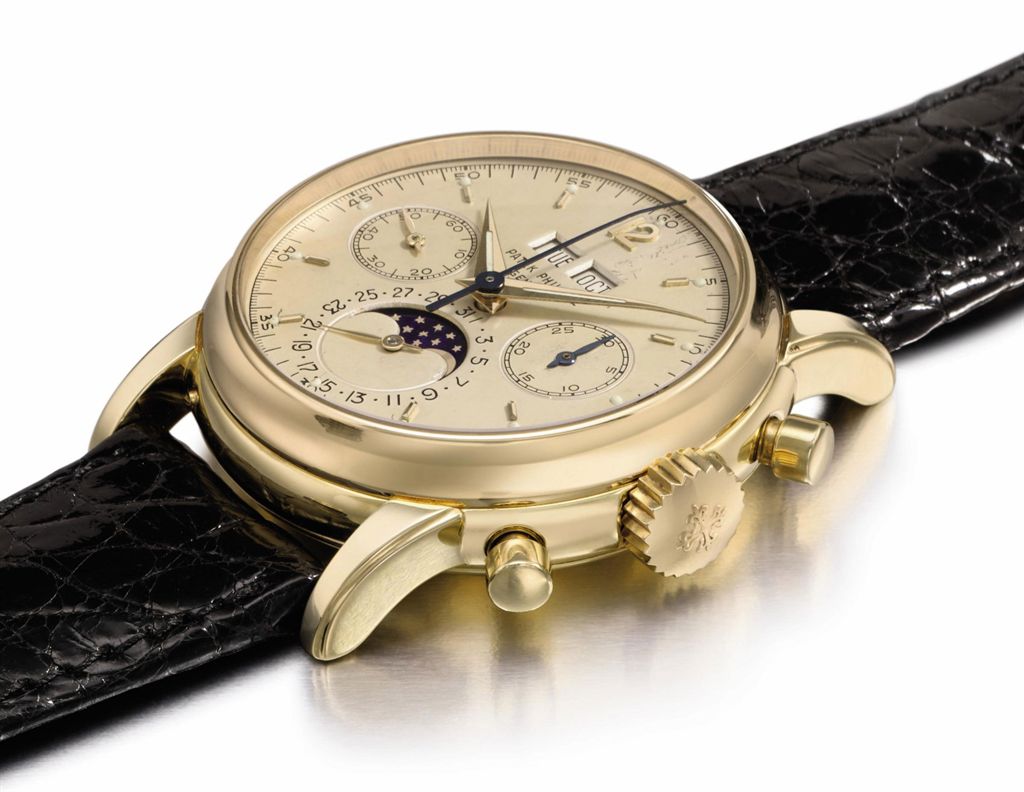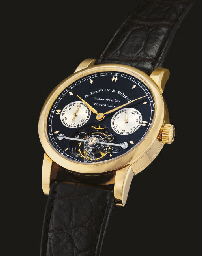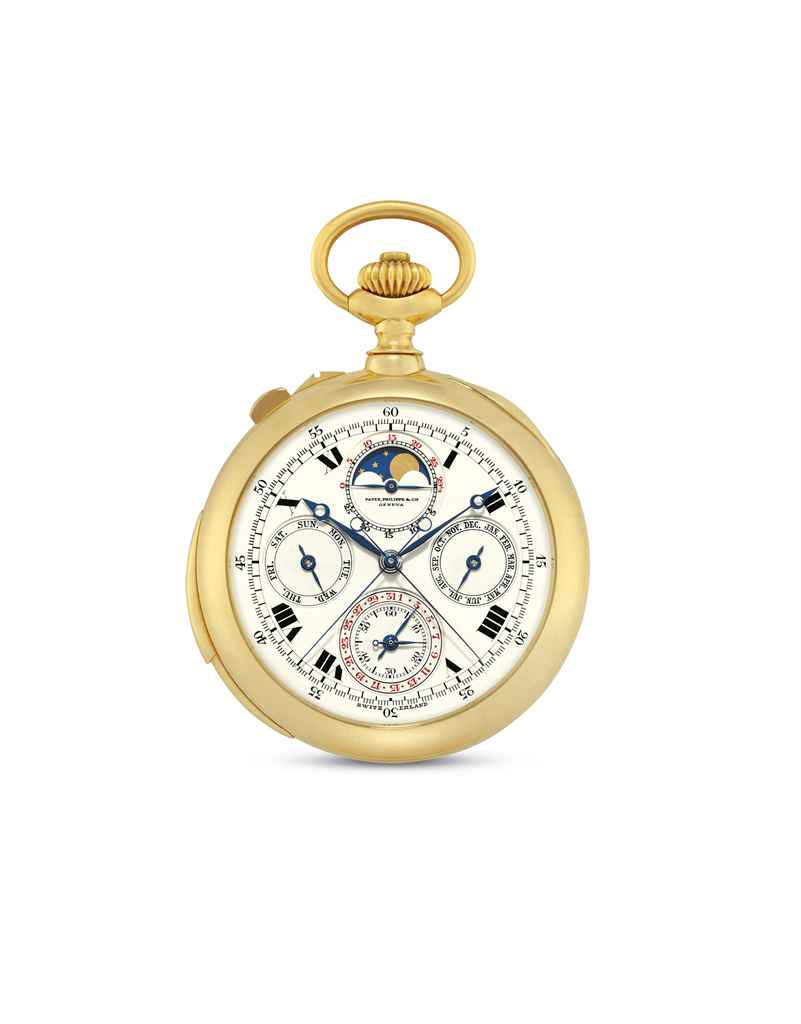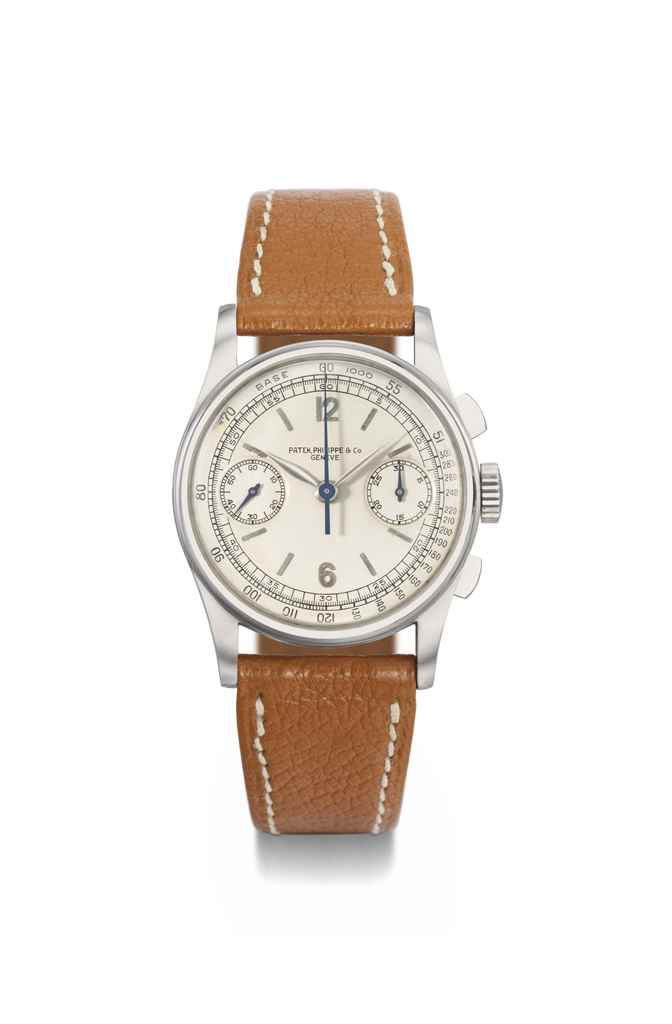A fine and rare Charles II panelled oak quarter-chiming thirty-hour longcase clock John Williamson London, the movement circa 1683, the case circa 1672 The four finned pillar two-handed plated movement with anchor escapement and long pendulum to the four-wheel going train, the two-in-one hour and quarter hour strike/chiming train utilising large countwheel cut for both the hours and quarters planted on the backplate and with pump-action wheel to the front plate for positioning the hammer pin-wheel set along with the quarter hammer pivots within a separate brass carriage fitted to the inside of the frontplate to either peel on a nest of four bells for the quarters or strike the hour on a further larger bell, the 9.5 inch square brass dial with applied silvered seconds ring to the fine boldly engraved symmetrical flowering tulip and foliate decorated centre incorporating drapery cartouche signed John Williamson Near Temple Barr, Londini Fecit towards lower margin within applied silvered Roman numeral chapter ring with stylised fleur-de-lys half hour markers and Arabic five minutes within the narrow outer minute track, with sculpted blued steel hands and applied winged cherub head cast brass spandrels to angles, in a fine panelled oak case with deeply moulded triangular pediment and tall scroll-lattice pierced frieze to both front and sides above glazed dial aperture and large side windows to hood, the trunk with convex throat over 46 inch full-width single fielded panel door, the base of the same width with simple waist moulding above conforming fixed shorter fielded panel and moulded skirt, 235cm (92.5ins) high. Provenance: From the estate of an esteemed antiquarian horologist, purchased at Sotheby's, Bond Street, London, 4th April 2001 (lot 300). The movement and dial previously in a purpose-made ebony/ebonised case in a private collection in Derbyshire before passing in the 1950's to another private collector who in-turn sold it by auction in London in 1976. The current case was supplied for a short-duration movement and dial by John Wise for presentation to a London institution in 1672. The original dial by Wise was retained but the movement had been replaced (probably upgraded to eight-day duration) before being illustrated in Dawson, Percy G.; Drover, C.B. and Parkes, D.W. Early English Clocks on page 494 (plate 733). The clock as it is now is illustrated in Loomes, Brian BRASS DIAL CLOCKS on page 50 (plate 37). The life and work of John Williamson is described in Loomes, Brian BRASS DIAL CLOCKS where it is noted that he was possibly born in 1651 at Guisley near Leeds and was probably related to the Barber family who worked as blacksmiths and clockmakers in nearby Otley. John Williamson moved to London and was admitted as a free Brother to the Clockmakers Company in December 1682, however records indicate that he only paid one month's subscription to the Company and by December 1683 he had returned to Leeds to be married. Williamson continued making clocks in Leeds (very much in the London style) until after 1700 when the business is thought to have passed to his former apprentice, William Tipling. The movement and dial of the current lot belongs to a small group of short duration movements made by leading London makers during the late 1670's and early 1680's. The dial engraving can be compared to that seen on a key-wound thirty hour clock by Thomas Tompion formerly in the Wetherfield Collection illustrated in Cescinsky, Herbert and Webster, Percy English Domestic Clock (Fig. 77). The two-in-one strike/quarter-chiming train is similar in concept to those originally used by makers such as Fromanteel, William Clement and Joseph Knibb as it relies on a single countwheel cut for both the hours and quarters to control the running of the train. However it differs in that the pump-action that facilitates the switching between the operation of the hour and quarter hammers is achieved by moving the hammer pin-wheel rather than th
A fine and rare Charles II panelled oak quarter-chiming thirty-hour longcase clock John Williamson London, the movement circa 1683, the case circa 1672 The four finned pillar two-handed plated movement with anchor escapement and long pendulum to the four-wheel going train, the two-in-one hour and quarter hour strike/chiming train utilising large countwheel cut for both the hours and quarters planted on the backplate and with pump-action wheel to the front plate for positioning the hammer pin-wheel set along with the quarter hammer pivots within a separate brass carriage fitted to the inside of the frontplate to either peel on a nest of four bells for the quarters or strike the hour on a further larger bell, the 9.5 inch square brass dial with applied silvered seconds ring to the fine boldly engraved symmetrical flowering tulip and foliate decorated centre incorporating drapery cartouche signed John Williamson Near Temple Barr, Londini Fecit towards lower margin within applied silvered Roman numeral chapter ring with stylised fleur-de-lys half hour markers and Arabic five minutes within the narrow outer minute track, with sculpted blued steel hands and applied winged cherub head cast brass spandrels to angles, in a fine panelled oak case with deeply moulded triangular pediment and tall scroll-lattice pierced frieze to both front and sides above glazed dial aperture and large side windows to hood, the trunk with convex throat over 46 inch full-width single fielded panel door, the base of the same width with simple waist moulding above conforming fixed shorter fielded panel and moulded skirt, 235cm (92.5ins) high. Provenance: From the estate of an esteemed antiquarian horologist, purchased at Sotheby's, Bond Street, London, 4th April 2001 (lot 300). The movement and dial previously in a purpose-made ebony/ebonised case in a private collection in Derbyshire before passing in the 1950's to another private collector who in-turn sold it by auction in London in 1976. The current case was supplied for a short-duration movement and dial by John Wise for presentation to a London institution in 1672. The original dial by Wise was retained but the movement had been replaced (probably upgraded to eight-day duration) before being illustrated in Dawson, Percy G.; Drover, C.B. and Parkes, D.W. Early English Clocks on page 494 (plate 733). The clock as it is now is illustrated in Loomes, Brian BRASS DIAL CLOCKS on page 50 (plate 37). The life and work of John Williamson is described in Loomes, Brian BRASS DIAL CLOCKS where it is noted that he was possibly born in 1651 at Guisley near Leeds and was probably related to the Barber family who worked as blacksmiths and clockmakers in nearby Otley. John Williamson moved to London and was admitted as a free Brother to the Clockmakers Company in December 1682, however records indicate that he only paid one month's subscription to the Company and by December 1683 he had returned to Leeds to be married. Williamson continued making clocks in Leeds (very much in the London style) until after 1700 when the business is thought to have passed to his former apprentice, William Tipling. The movement and dial of the current lot belongs to a small group of short duration movements made by leading London makers during the late 1670's and early 1680's. The dial engraving can be compared to that seen on a key-wound thirty hour clock by Thomas Tompion formerly in the Wetherfield Collection illustrated in Cescinsky, Herbert and Webster, Percy English Domestic Clock (Fig. 77). The two-in-one strike/quarter-chiming train is similar in concept to those originally used by makers such as Fromanteel, William Clement and Joseph Knibb as it relies on a single countwheel cut for both the hours and quarters to control the running of the train. However it differs in that the pump-action that facilitates the switching between the operation of the hour and quarter hammers is achieved by moving the hammer pin-wheel rather than th















Try LotSearch and its premium features for 7 days - without any costs!
Be notified automatically about new items in upcoming auctions.
Create an alert